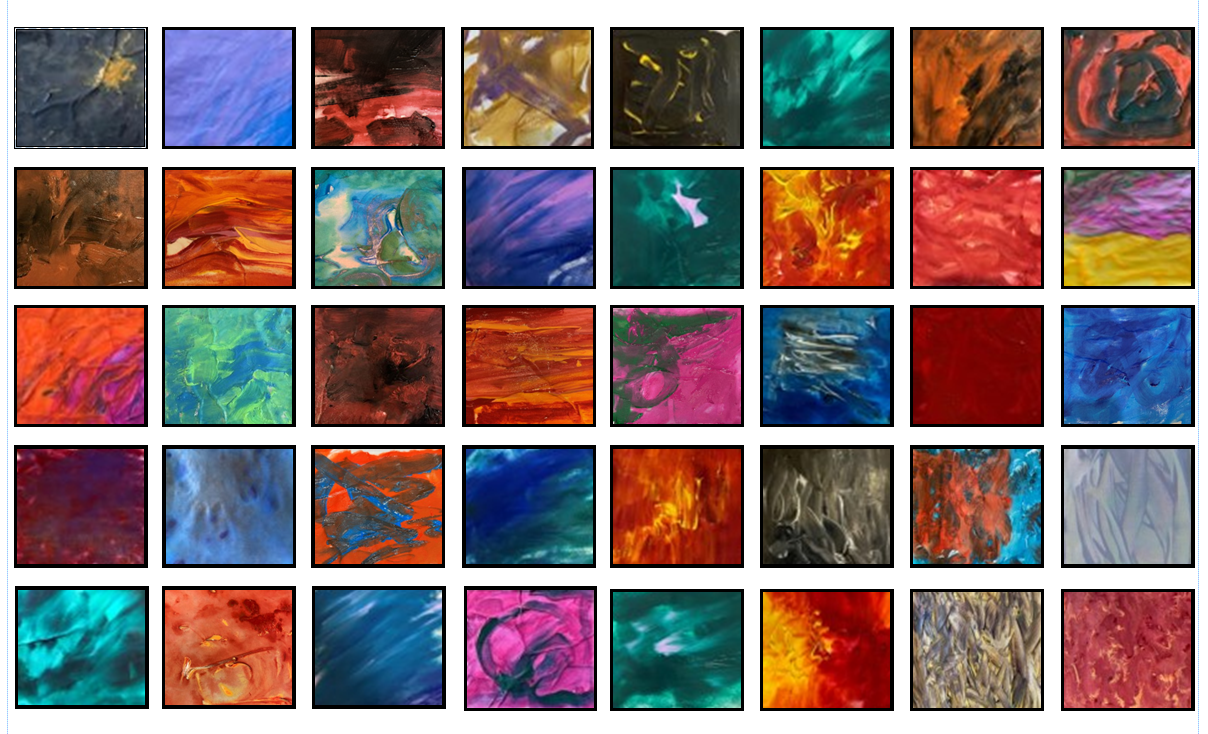My Research
Abstract
Awakening Spiritual Freedom Following Spiritual Trauma: The Healing Potential of Imaginal Resonance With Lucid Art
Spiritual trauma is a paradoxical wounding, and individuals who endure religious or spiritual abuse may experience spiritual emergencies. The physical, emotional, and spiritual symptoms of PTSD may additionally be present, as well as the disruption of spiritual development and the disconnection from what is perceived to be sacred. This study applied Hart’s model of transformation by process and paradox as the theoretical structure to examine the imaginal process through spontaneous painting, a form of lucid art, with eight women survivors of spiritual trauma, as a means to encounter the quiet and creative space of the inner world at an instinctive and nondiscursive level. The highly individualized and spiritual realm of the imaginal nurtured transformational shifts supportive of spiritual emergence. The study spanned three stages: individual participant interviews to identify themes; time dedicated to introducing and practicing spontaneous painting, a form of lucid art, with the intention of exploring participants’ inner worlds; and group work devoted to mental imaging and projection, from which imaginal resonance with emerging symbolism was identified and discussed. The intuitive inquiry method provided structure to explore the opportunity of spiritual freedom prompted by spiritual emergency. Interacting with the imaginal realm brought meaningful discussion of symbols and archetypes and in some cases, influenced dreaming. Interviews before the group sessions and after the use of this creative practice were analyzed for thematic content to identify aspects of expanding awareness, spiritual emergence, and transformation.
Lucid art paintings from the eight women in the study.

